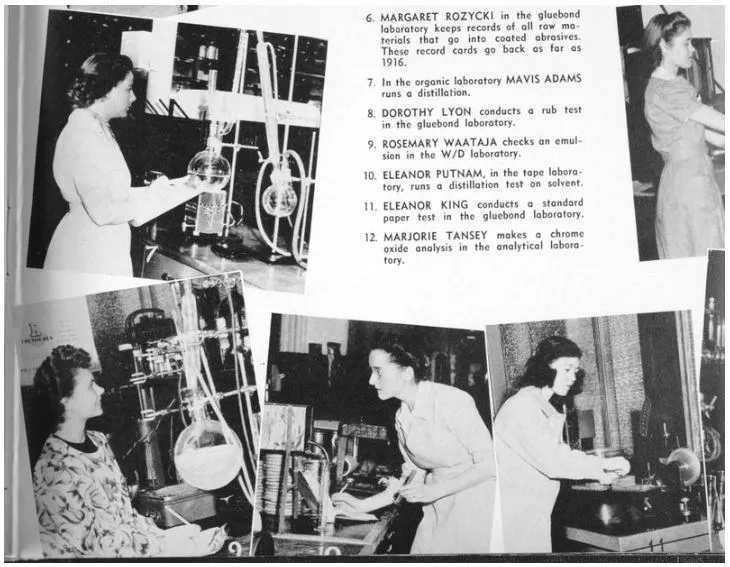1930- 1935: Labor, Near & Far
1930: Northwest Airlines pilots in Minneapolis organize a pilots council, which a year later becomes Council 1 of the new Air Line Pilots Association.
1931: Congress enacts the Davis-Bacon Act, also known as the prevailing wage law, on federally funded construction. The law requires contractors to pay no less than the wage rates prevailing in the local area for each construction craft. It is intended to protect communities from the economic disruption caused by outside contractors who underbid local wages levels. Many state and local governments then adopt prevailing wage laws.
1932: St. Paul Trades & Labor Assembly President and Union Advocate editor William Mahoney is elected St. Paul mayor. He successfully lobbies the federal government to help the city’s many unemployed workers during the Great Depression and calls for city ownership of the electric utility. Business interests and the media line up against him, leading to his defeat in the 1934 election.
1932: Farmers organize the Farm Holiday Association, which sponsors the only significant farm “strikes” in state history. John Bosch, the association’s Minnesota leader, seeks a 10-day shutdown of produce deliveries in an effort to exhaust supplies so farmers could fix their own prices.
1932: The Seventh Street Club for Girls opens to provide temporary housing, food and counseling to unemployed women in Minneapolis. Serving an average of 50 women per day, the Club is sponsored in part by the Women’s Occupational Bureau (which assists over 10,000 women that year) and the Federation of Labor.
1932: Franklin D. Roosevelt is elected president in the depths of the Great Depression. Spurred on by unions and other organizations agitating for change, he puts forth an ambitious program, “The New Deal.” It includes collective bargaining rights, unemployment insurance, Social Security and jobs programs like the Works Progress Administration (WPA) and Civilian Conservation Crops (CCC).
1933: Congress passes the National Industrial Recovery Act (NIRA) with Section 7(a) granting employees the right to organize. The NIRA is later found unconstitutional and is replaced by the National Labor Relations Act.
1933: First union contract won on Twin Cities Rapid Transit Lines. Twenty years later, the last streetcar lines are ripped out and replaced with buses. Today, the Amalgamated Transit Union represents workers employed in Metro Transit’s bus system and light rail lines.
1933: The first sit-down strike in American history takes place at the Hormel Plant in Austin. Hormel demands that Governor Olson call out the National Guard to oust the sitdown strikers, but Olson instead mediates an agreement.
1933: The Hospital and Nursing Home Employees Union begins in the Twin Cities with 100 members. Today, the union is known as SEIU Healthcare Minnesota, with more than 14,000 members statewide.
1933: Union organization efforts begin among Mississippi River workers, largely as a result of the National Industrial Recovery Act.
1934: Workers employed at the Pioneer Press and Dispatch in St. Paul and the Star, Journal and Tribune in Minneapolis form Local 2 of the American Newspaper Guild. In 1938, it takes a long strike — in which police use tear gas on pickets — before the Guild wins recognition at the Duluth daily newspapers.
1934: The Minneapolis Teamsters’ Strike, the most significant single labor struggle in state history, is a showdown between Minneapolis employers and workers that divides the city and forces Minnesota’s Farmer-Labor governor, Floyd B. Olson, to step in. The strikers use a new tactic — roving pickets — and publish their own daily newspaper to counter the corporate-dominated press. They enlist the support of farmers and the community as they ultimately break the back of the fiercely anti-labor Citizens Alliance. The victory comes at the cost of four lives — two strikers and two strikebreakers. The 1934 Minneapolis Teamsters’ strike, during which four people died in bloody street battles, is considered by many historians to be the most important single event in Minnesota labor history.
1935: The largely female workforce of the Strutwear Knitting Works in downtown Minneapolis stages a successful strike after eight workers are fired for trying to form a union.
1935: The Minneapolis Teamsters’ strike, the San Francisco general strike and the Toledo Auto-Lite strike spur Congressional passage of the National Labor Relations Act. This landmark legislation declares that it is the policy of the United States to “encourage the practice and procedure of collective bargaining . . .” It also authorizes the use of project labor agreements - pre-hire collective bargaining agreements between unions and contractors - on construction projects.
1935: Led by Mine Workers President John L. Lewis, several unions come together to form the CIO, the Congress of Industrial Organizations. The new labor federation is dedicating to organizing workers in steel, auto and other mass industrial operations that have been ignored by the American Federation of Labor.

